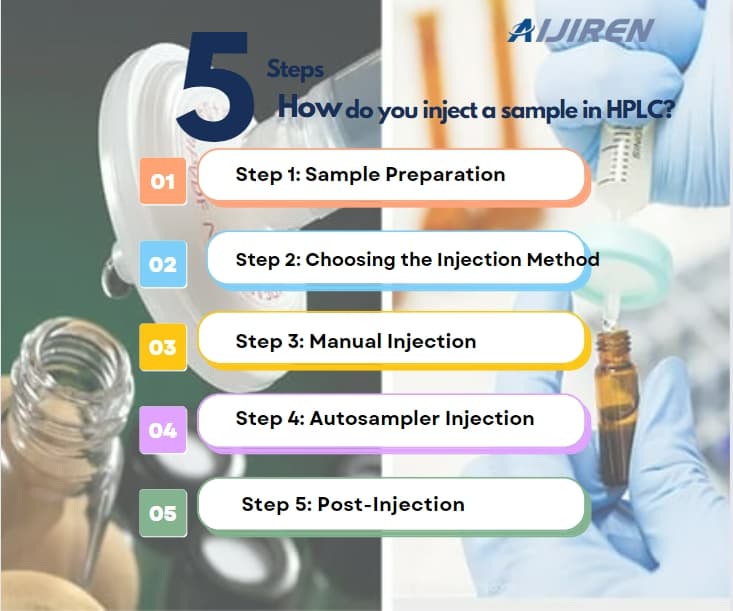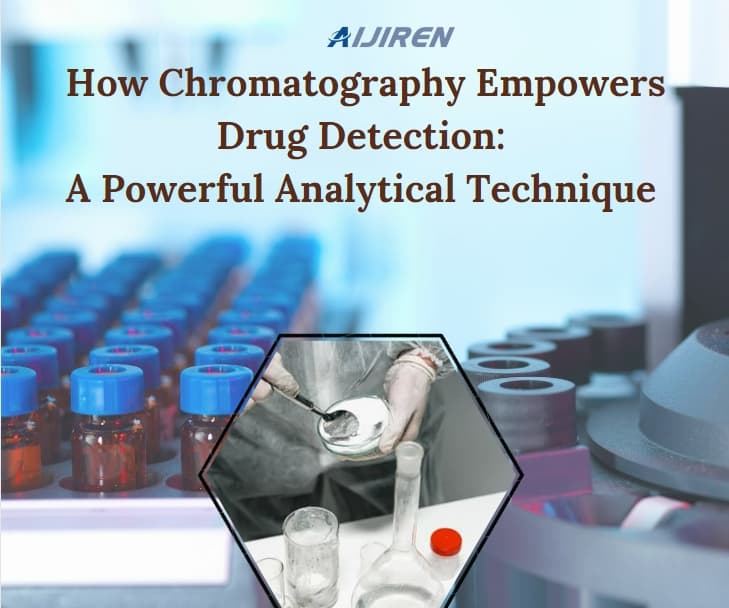When using micro inserts in HPLC analysis, are there any special instructions or considerations?
Micro inserts are valuable accessories in HPLC analysis, designed to enhance the accuracy and efficiency of chromatographic experiments. These tiny devices play a crucial role in sample containment and injection precision, ensuring optimal performance and reliable results. However, to make the most of micro inserts in HPLC analysis, there are specific instructions and considerations that need to be kept in mind. Let’s delve into them!
- 1. Compatibility is Key: When selecting micro inserts for HPLC analysis, it is important to ensure compatibility with the 1.5 mL HPLC vials being used. Vial dimensions can vary from manufacturer to manufacturer, so it is important to select micro inserts that fit snugly and securely into the vials. This ensures proper sealing and prevents leakage or dislodgement during analysis.
- 2. Prioritize Cleanliness: Before using micro inserts, it is imperative to ensure that they are clean and free of contaminants that could interfere with the analysis. Thoroughly rinse inserts and vials with appropriate solvents and ensure they are dry before use. Contaminants such as residual solvents or particles can affect the accuracy and reproducibility of the analysis, so maintaining cleanliness is essential.
- 3. Mind the Sample Volume: Micro inserts are specifically designed for smaller sample volumes. It is important to follow the manufacturer’s recommended sample volume guidelines. Overloading the insert with excessive sample volume can result in poor mixing, reduced efficiency, or even sample loss during injection. Conversely, using a sample volume significantly less than the insert capacity can result in poor mixing and decreased sensitivity. Finding the appropriate sample volume range is key to obtaining accurate and reliable analytical results.
- 4. Handle with Care: Micro inserts should be handled with care to prevent damage or contamination. When inserting the micro insert into the vial, apply even pressure or use a suitable tool to ensure a secure fit. Avoid using excessive force that could cause the vial or insert to crack or break. Damaged inserts or vials can compromise the integrity of the analysis.
- 5. Consider Material Compatibility: Different samples may require specific insert materials to prevent interactions that could affect analysis accuracy. Inert materials such as glass or suitable polymers are often used to mitigate adsorption or leaching. It is important to consult the manufacturer’s recommendations or seek guidance from technical experts to ensure the selected insert material is compatible with the sample and analysis.
- 6. Validate and Quality Control: Before routine use, it is crucial to validate the performance and suitability of the micro inserts in your specific HPLC system. Quality control tests should be conducted to ensure consistent and reliable results. This may involve assessing carryover or cross-contamination, evaluating peak shape and resolution, and verifying precision and accuracy. Establishing robust validation protocols helps ensure the reliability of the data generated using micro inserts.
- 7. Storage and Handling: Proper storage and handling of micro inserts are essential to maintain their integrity and performance. Store the inserts in a clean and dry environment, protected from dust, moisture, and direct sunlight. Avoid touching the interior of the insert with bare hands to prevent contamination. Use clean, lint-free gloves or suitable tools when handling the inserts.
By following these instructions and considerations, you can optimize the use of micro inserts in HPLC analysis and achieve accurate and reproducible results. Remember to consult the manufacturer’s instructions and guidelines specific to the micro inserts being used, as they may provide additional recommendations for optimal performance. Embracing these best practices will enhance your HPLC analysis experience and contribute to the overall success of your experiments.
Back to List
-
 下午2:56How do you inject a sample in HPLC?
下午2:56How do you inject a sample in HPLC? -
 上午9:04How Chromatography Empowers Drug Detection: A Powerful Analytical Technique
上午9:04How Chromatography Empowers Drug Detection: A Powerful Analytical Technique -
 下午5:01Navigating Micro Inserts for HPLC Vials: A Comprehensive Guide
下午5:01Navigating Micro Inserts for HPLC Vials: A Comprehensive Guide -
.jpg) 下午5:14Common faults and solutions of automatic samplers(1)
下午5:14Common faults and solutions of automatic samplers(1) -
 下午5:08Ensuring Sample Integrity: Navigating EPA Storage Vials Stability Guidelines
下午5:08Ensuring Sample Integrity: Navigating EPA Storage Vials Stability Guidelines

